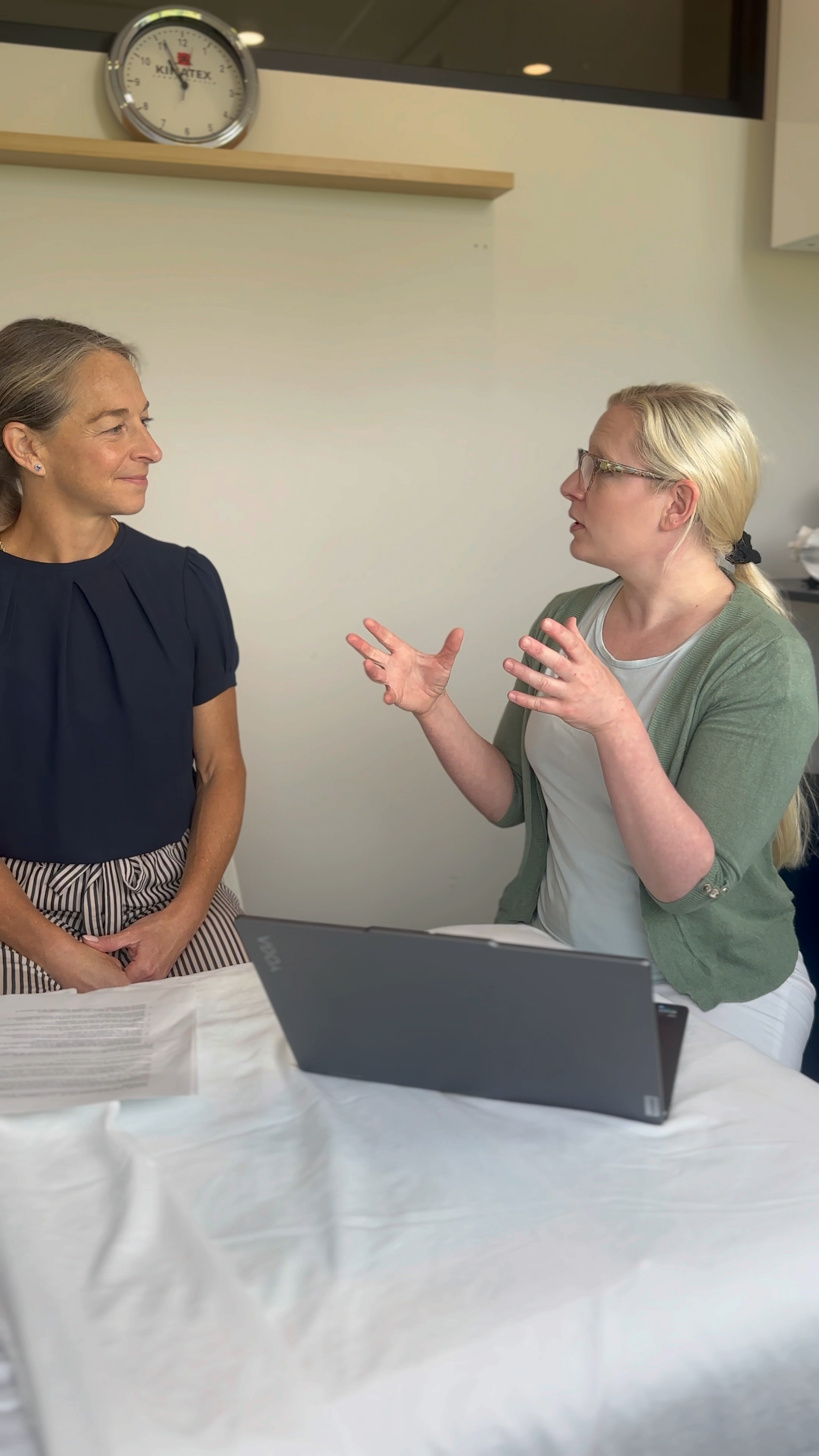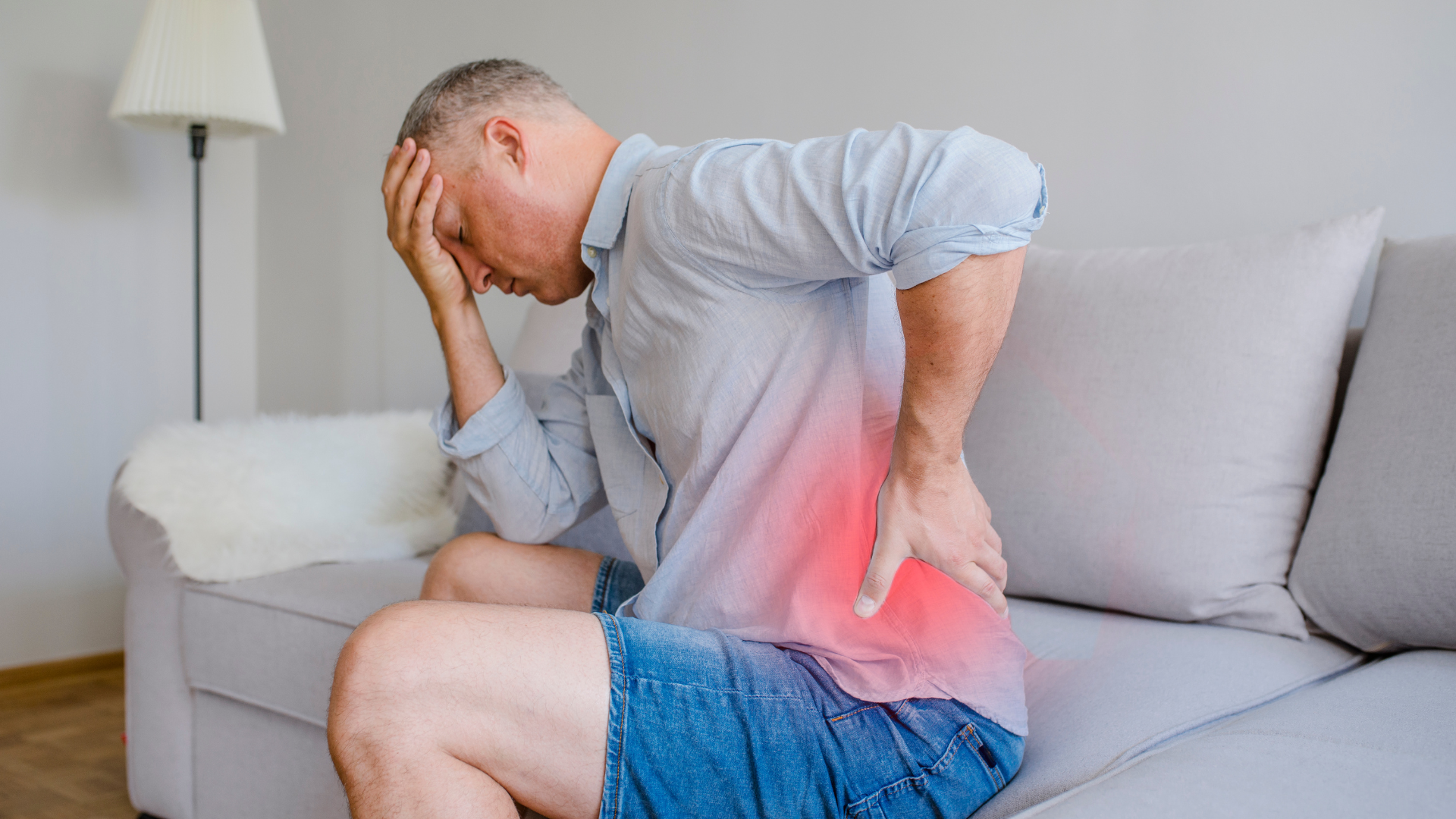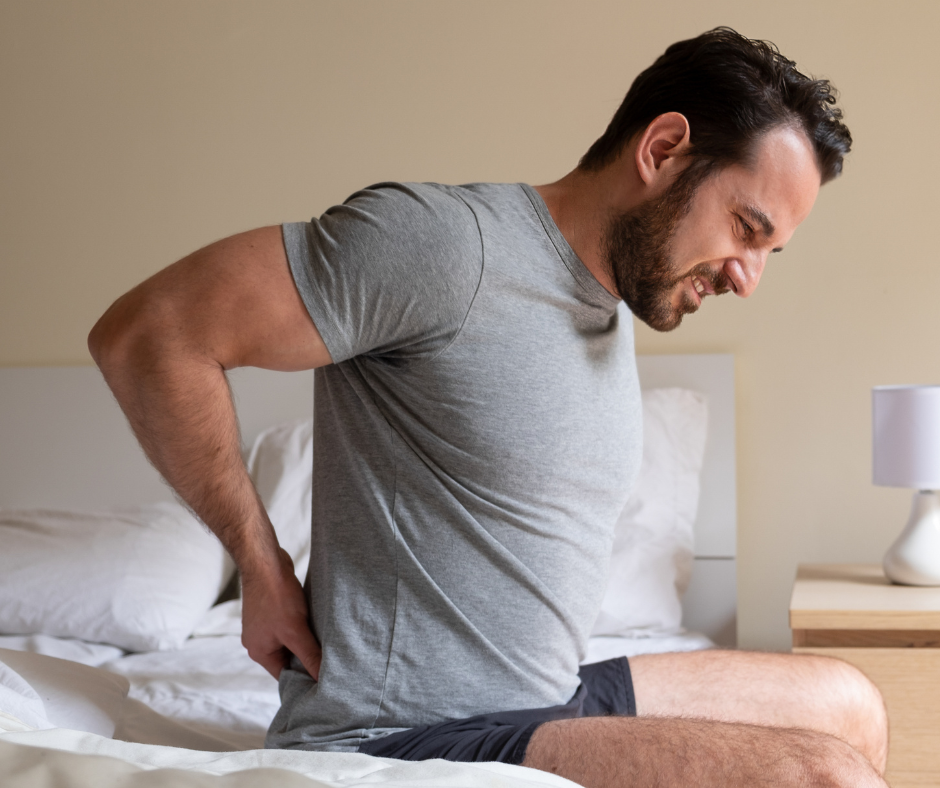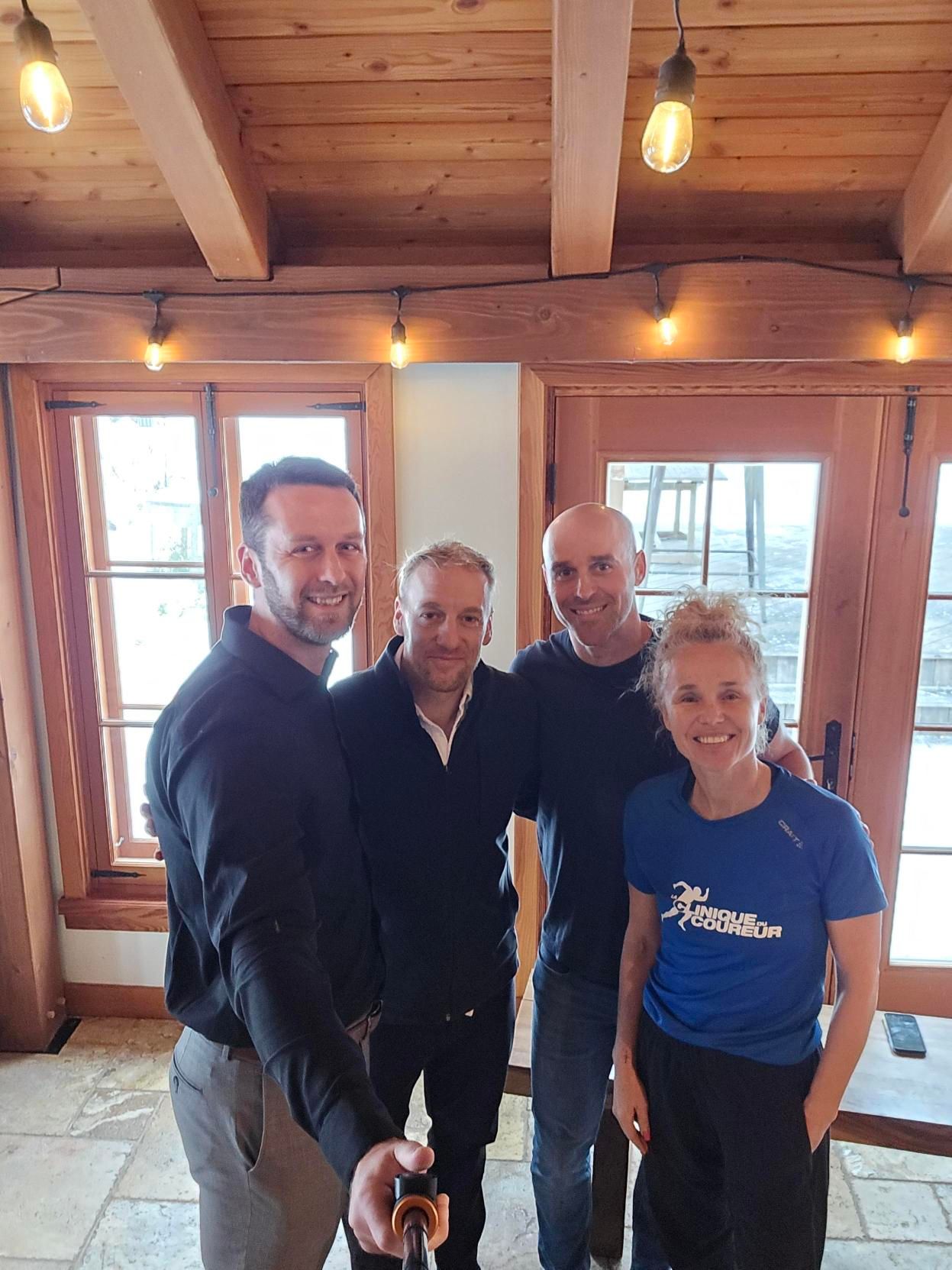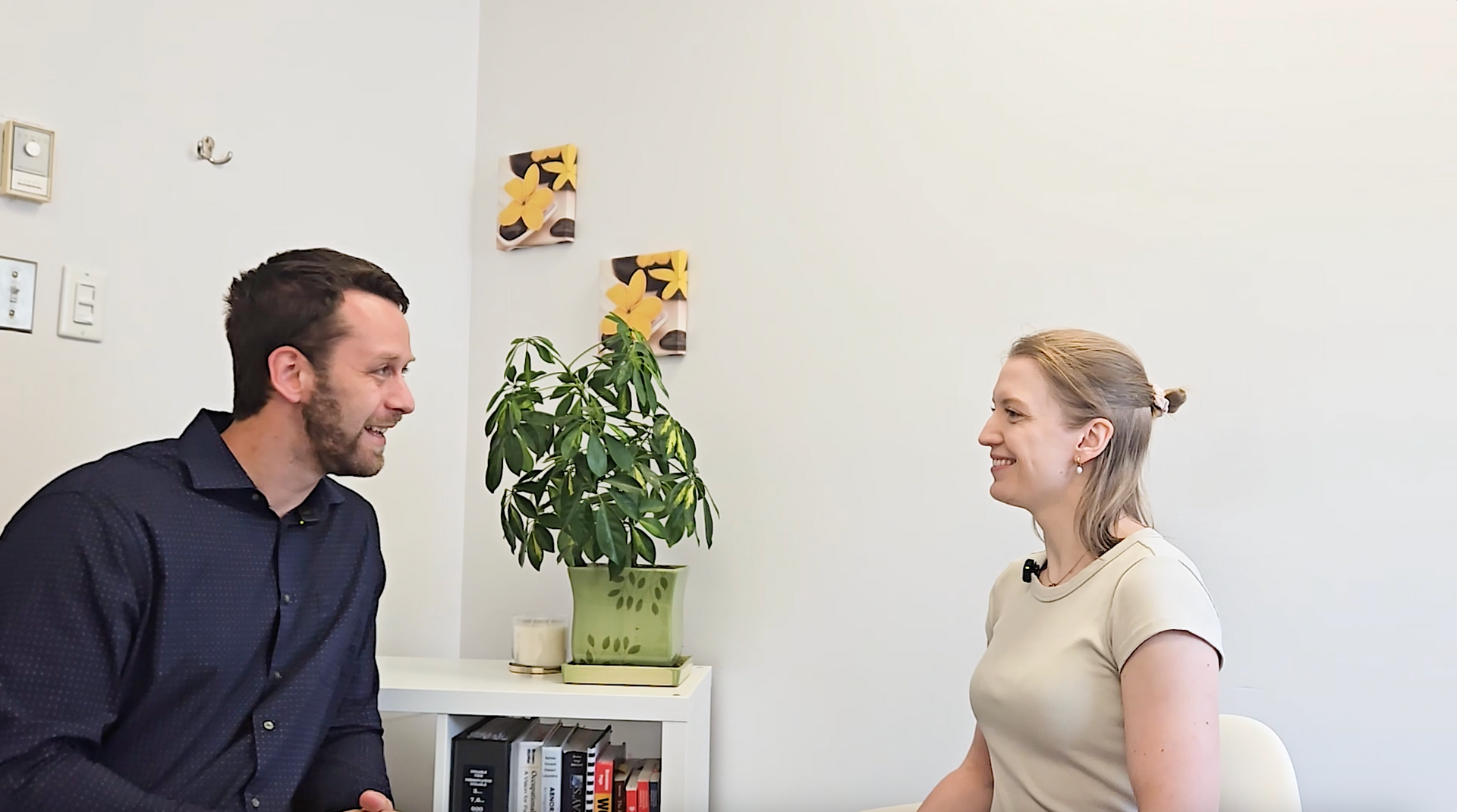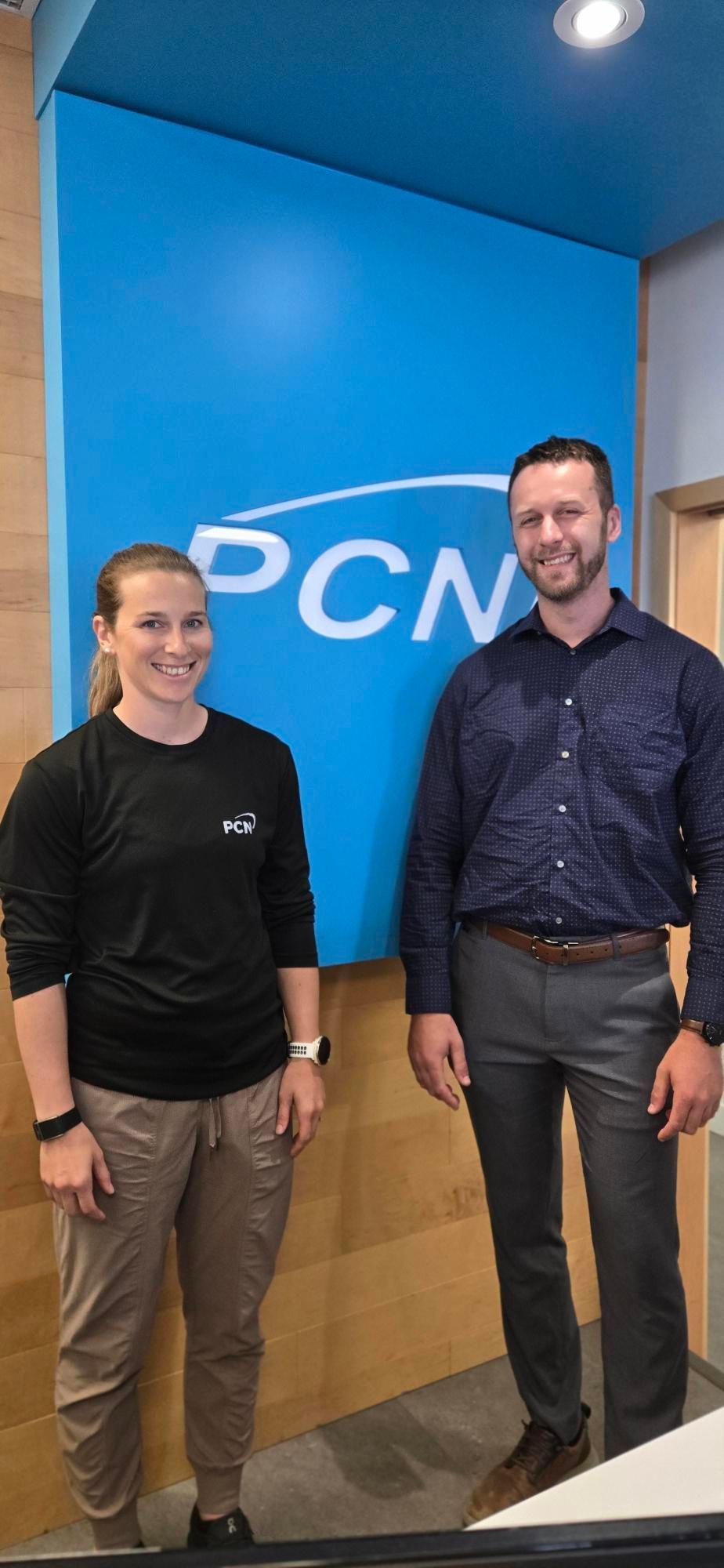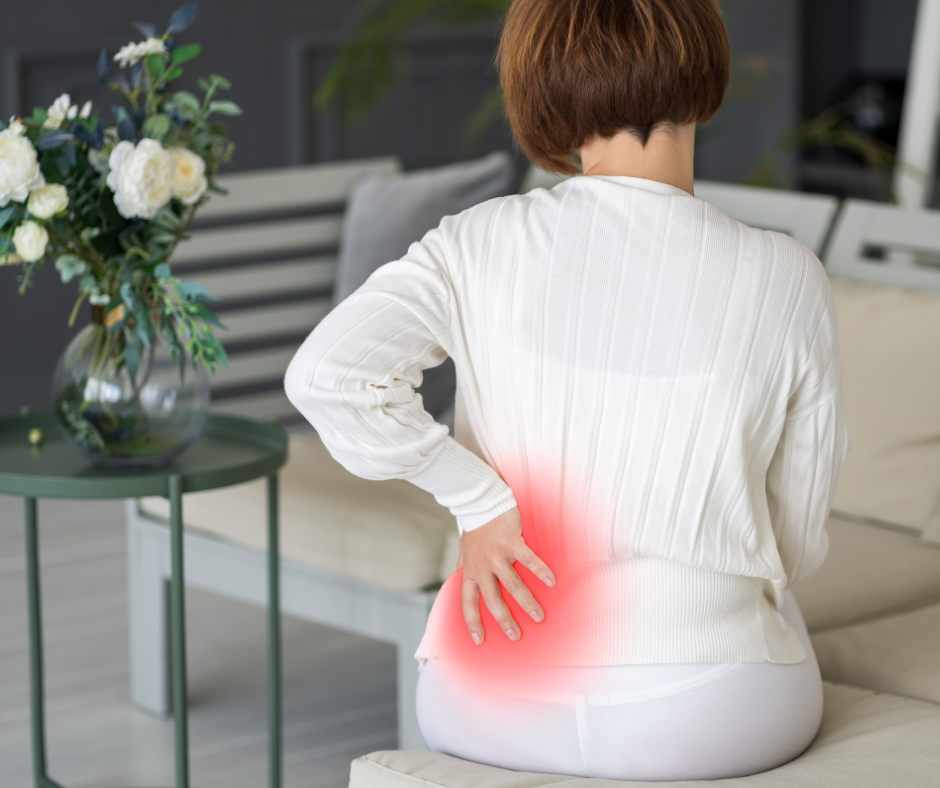Electrotherapy in occupationnal therapy: a complementary tool for holistic rehabilitation
Occupational therapy plays a key role in the rehabilitation of individuals living with injury, chronic pain, or functional limitations. Its goal extends beyond restoring physical capacity - it seeks to help individuals regain an active and meaningful role in their daily, social, and professional activities. To achieve this, occupational therapists rely on a holistic approach that considers the physical, cognitive, and emotional dimensions of health (OEQ, 2024).
Recent research highlights the importance of this biopsychosocial view of pain. Lagueux et al. (2018) showed that occupational therapy is distinct in its occupation-based focus, centered on engagement and participation rather than merely on symptom reduction. More recently, Bouchard et al. (2025) demonstrated that occupational therapists actively contribute to the development of self-management skills among individuals living with chronic pain by helping them experiment, self-regulate, and integrate concrete strategies into their daily lives.
In this context, electrotherapy is emerging as an interesting complementary tool. Although it has historically been associated with physiotherapy, its gradual integration into occupational therapy practice supports pain management, facilitates mobility, and promotes client autonomy.
Recent research underscores the importance of viewing pain through a biopsychosocial lens. According to Lagueux et al. (2018), occupational therapy stands out for its occupation-based approach, focusing on engagement and participation rather than simply on symptom relief. Building on this, Bouchard et al. (2025) demonstrated that occupational therapists play a key role in helping individuals with chronic pain develop self-management skills through guided experimentation, self-regulation, and the integration of practical strategies into everyday life.
In this context, electrotherapy has become an increasingly relevant complementary tool. Although it has long been linked to physiotherapy, its gradual adoption in occupational therapy helps manage pain, promote movement, and enhance client independence.
Occupational therapy: a client-centered, holistic approach
Occupational therapy is grounded in an integrative understanding of health and human functioning. Lagueux et al. (2023) reported that Quebec occupational therapists adopt an occupation-centered approach combining education, work rehabilitation, energy conservation, and activity modification to support participation. This diversity of interventions illustrates the profession's adaptability in addressing the complexity of chronic pain.
When an occupational therapist supports an injured client, they focus not only on the physical impact but also on its effects on mood, motivation, and social participation. Assessment often includes aspects such as time management, role balance, effort tolerance, and pain perception. This holistic vision facilitates the integration of complementary tools - such as electrotherapy - within the rehabilitation process. Here’s how!
Electrotherapy to support mobility and activity resumption
Electrotherapy refers to the use of electrical currents for therapeutic purposes. The most common modality is TENS (Transcutaneous Electrical Nerve Stimulation), primarily aimed at reducing pain (Johnson et al., 2022). Evidence suggests that its short-term analgesic effects are comparable to, or even greater than, those achieved with first-line medications (Arnold, 2020).
In occupational therapy, electrotherapy can serve as a supportive tool for mobilization or the resumption of functional activities. For example, it can help a client reduce pain associated with movement, maintain a working posture, or complete an exercise without exceeding their limits. By reducing pain, TENS promotes active participation and helps sustain the level of activity needed to progress with the therapist's intervention plan (Dailey et al., 2020).
This modality becomes especially meaningful when taught as a self-management tool. By learning to use it safely and appropriately, clients gain autonomy and can continue treatment at home, consolidating therapeutic gains and preventing setbacks related to pain or inactivity.
Autonomy as a therapeutic goal
Client autonomy remains at the heart of occupational therapy practice. According to Bouchard et al. (2025), occupational therapists promote pain self-management through experiential interventions that develop three key competencies: understanding one's condition, effectively using self-management strategies, and self-regulating to sustain participation in meaningful activities.
Functional electrotherapy aligns with this philosophy. When properly supervised, it becomes an extension of the therapist's intervention plan. It encourages clients to experiment, observe their reactions, and adjust their use according to their needs. This sense of responsibility enhances engagement in the rehabilitation process and strengthens confidence in one's abilities.
Moreover, learning to manage pain through a tangible tool such as TENS can positively influence motivation. The client becomes an active participant in their recovery rather than a passive observer of their symptoms. This approach reinforces the coherence between different therapeutic components - functional exercises, energy management, cognitive strategies, and the gradual return to meaningful activities.
Energy management: a pillar of occupational therapy
Energy management helps prevent fatigue, avoid overexertion cycles, and maintain consistent participation. Lagueux et al. (2023) found that energy conservation and postural hygiene are among the most frequently used interventions by occupational therapists in Quebec. These strategies promote better activity planning and reduce pain flare-ups.
Many clients living with chronic pain or persistent fatigue tend to alternate between periods of overactivity and avoidance. Occupational therapists help them identify early warning signs - such as increasing pain, reduced concentration, irritability, or fatigue - to adjust their pace before reaching a point of decompensation.
Tools such as perceived exertion scales or activity logs are often used to quantify and regulate energy expenditure. Combined with electrotherapy, this approach can improve effort tolerance. For instance, a client may use stimulation before or after certain tasks to reduce pain, allowing for more consistent and balanced activity levels. Conversely, it may be used during an activity if it triggers pain or movement-related fear.
Energy management is not only about reducing fatigue - it also promotes self-awareness, planning, and adaptability. It aligns perfectly with the occupational therapy philosophy centered on autonomy and relapse prevention.
Interdisciplinary collaboration in client care
The integration of electrotherapy and other physical modalities should occur within an interdisciplinary framework, consistent with the care model recommended by the OEQ and the guidelines of the International Association for the Study of Pain (IASP).
Interdisciplinary teamwork ensures coherence across interventions and enhances client safety. In collaboration with physiotherapy professionals, the occupational therapist can ensure that the modality is used appropriately, without contraindications, and in alignment with the overall treatment goals. Team meetings and clinical discussions enable practitioners to adjust interventions based on observed progress and to harmonize messaging for the client.
This integrated approach enhances care quality, prevents duplication, and ensures continuity across the physical, cognitive, and psychosocial aspects of rehabilitation. In short, interdisciplinarity gives full meaning to the concept of holistic care.
Toward an integrative and proactive occupational therapy
Electrotherapy expands the range of tools available to occupational therapists to support rehabilitation. When used thoughtfully - tailored to the client's profile and integrated into a collaborative care plan - it can significantly reduce pain, improve mobility, and strengthen self-confidence.
An integrative approach combining electrotherapy, education, self-management, and interdisciplinary collaboration reflects the current vision of a proactive occupational therapy practice oriented toward sustainable health and participation. It aligns with the direction of the Ordre des Ergothérapeutes du Québec, which promotes evidence-based, person-centered practice.
Ultimately, electrotherapy stands out as a relevant complementary modality within a comprehensive therapeutic approach. When used judiciously, it supports the core principles of the profession: autonomy, occupation, collaboration, and empowerment.
*** The integration of electrotherapy into occupational therapy practice should be based on close interdisciplinary collaboration, particularly with physiotherapy professionals. In accordance with the ethical principles of the Ordre des ergothérapeutes du Québec, occupational therapists must act within their scope of practice and ensure that the use of physical modalities such as TENS is consistent with the overall treatment plan developed by the care team. This collaborative approach supports client safety, the complementarity of interventions, and respect for each professional’s scope of practice, while enhancing the quality and continuity of care provided.***
REFERENCES
Arnold, M. J. (2020). Management of acute pain from non–low back musculoskeletal injuries: Guidelines from AAFP and ACP. American Family Physician, 102(11), 697–698.
Bouchard, S., Choinière, M., Masse, J., Labourot, J., & Vachon, B. (n.d.). Empowering people living with chronic pain to use self-management strategies in their daily lives: Understanding occupational therapy practices. Disability and Rehabilitation, 0(0), 1–15. https://doi.org/10.1080/09638288.2025.2540069
Dailey, D. L., Vance, C. G. T., Rakel, B. A., Zimmerman, M. B., Embree, J., Merriwether, E. N., Geasland, K. M., Chimenti, R., Williams, J. M., Golchha, M., Crofford, L. J., & Sluka, K. A. (2020). Transcutaneous electrical nerve stimulation reduces movement-evoked pain and fatigue: A randomized, controlled trial. Arthritis & Rheumatology, 72(5), 824–836. https://doi.org/10.1002/art.41170
Johnson, M. I., Paley, C. A., Jones, G., Mulvey, M. R., & Wittkopf, P. G. (2022). Efficacy and safety of transcutaneous electrical nerve stimulation (TENS) for acute and chronic pain in adults: A systematic review and meta-analysis of 381 studies (the meta-TENS study). BMJ Open, 12(2), e051073. https://doi.org/10.1136/bmjopen-2021-051073
Lagueux, É., Dépelteau, A., & Masse, J. (2018). Occupational therapy’s unique contribution to chronic pain management: A scoping review. Pain Research & Management, 2018, 5378451. https://doi.org/10.1155/2018/5378451
Lagueux, É., Masse, J., Pagé, R., Marin, B., & Tousignant-Laflamme, Y. (2023). Management of chronic pain by occupational therapists: A description of practice profile. Canadian Journal of Occupational Therapy / Revue Canadienne d’Ergothérapie, 90(4), 384–394. https://doi.org/10.1177/00084174231162709
Masse, J., Nielsen, S. S., Christensen, J. R., Skou, S. T., Côté, J., Saunders, S., Lagueux, É., Boulanger, A., Perez-Martinez, J., Lussier, M., & Pagé, M. G. (2023).
Co-designing a Canadian adaptation of a lifestyle-oriented intervention aimed to improve daily functioning of individuals living with chronic pain: A multi-method study protocol of REVEAL(OT) Canada. Frontiers in Rehabilitation Sciences, 4, 1281680. https://doi.org/10.3389/fresc.2023.1281680
Ordre des ergothérapeutes du Québec (OEQ). (n.d.). What is occupational therapy? Retrieved October 21, 2025, from https://www.oeq.org/m-informer/qu-est-ce-que-l-ergotherapie.html
Connectez avec nous sur les médias sociaux
